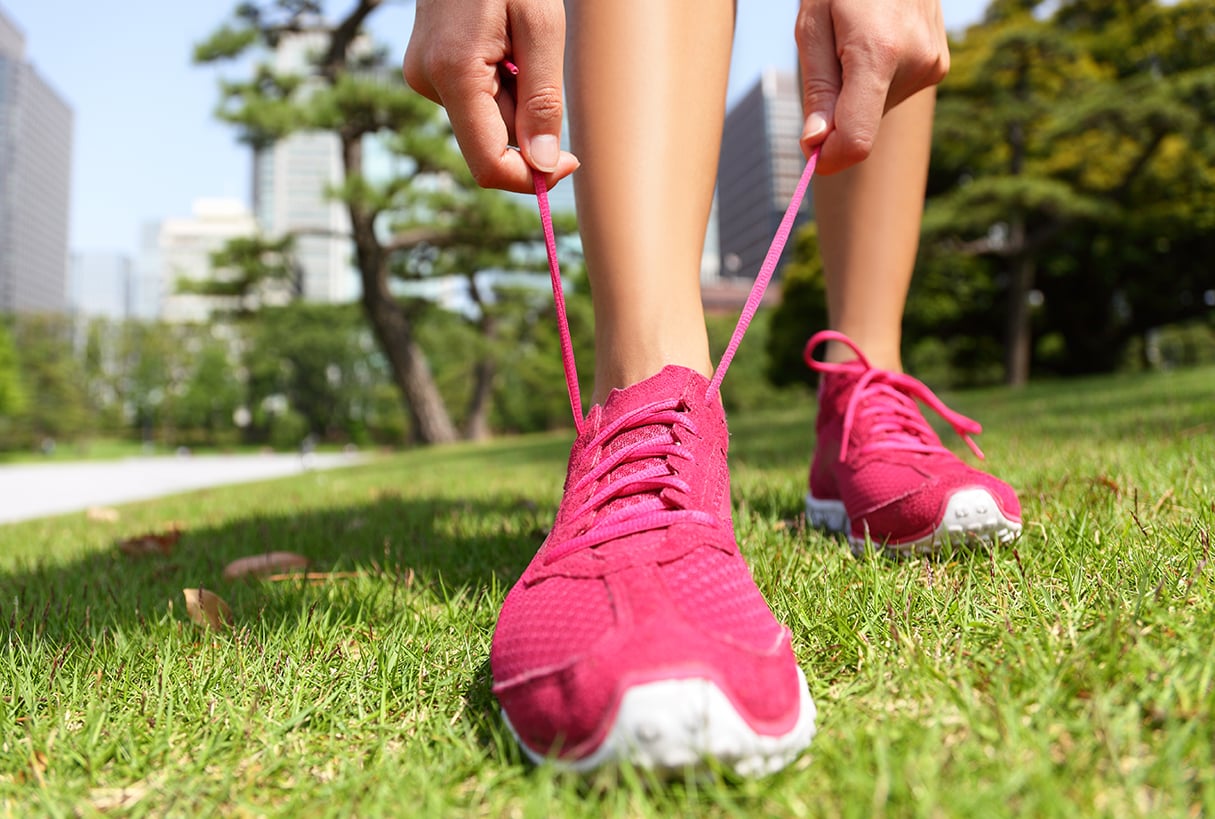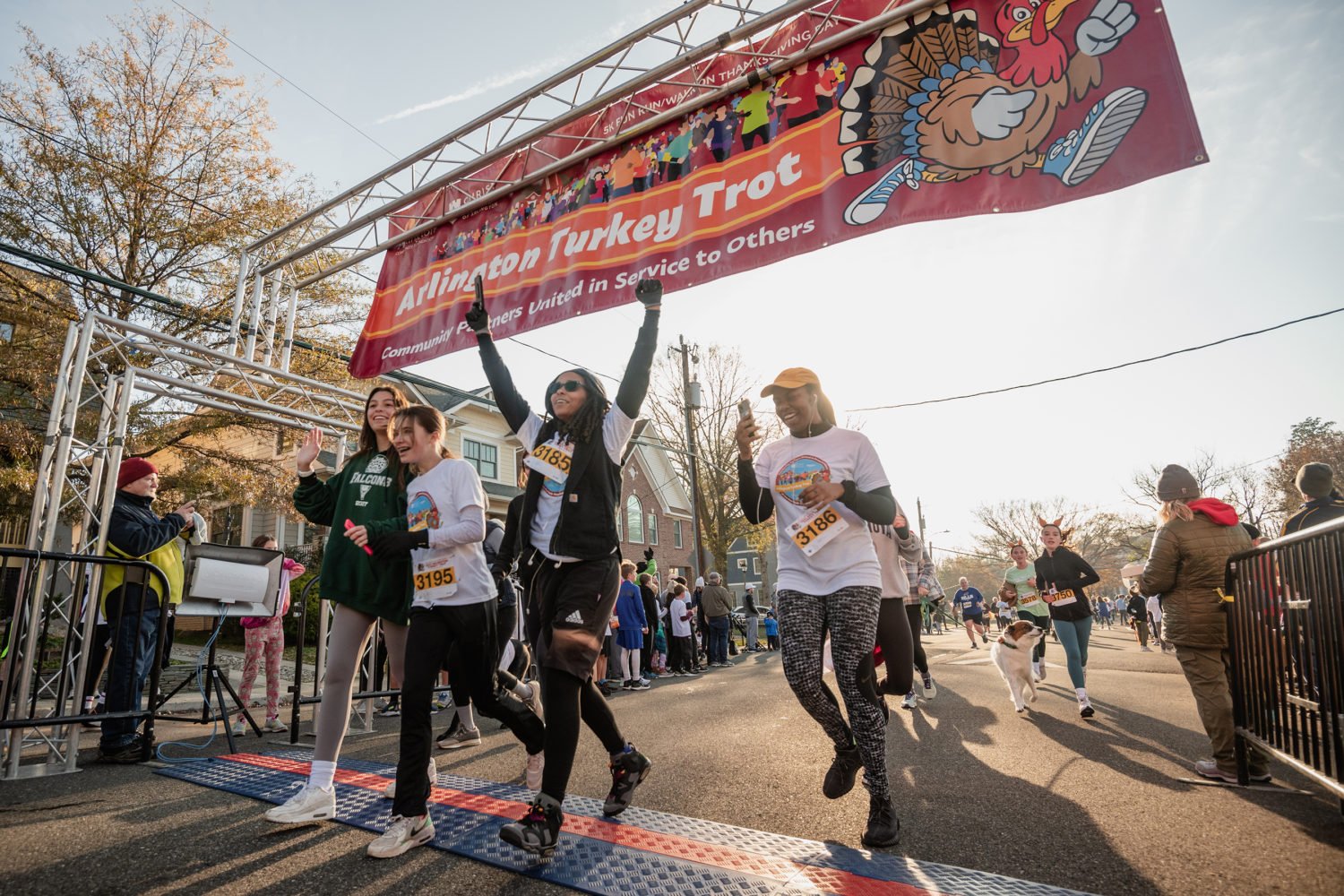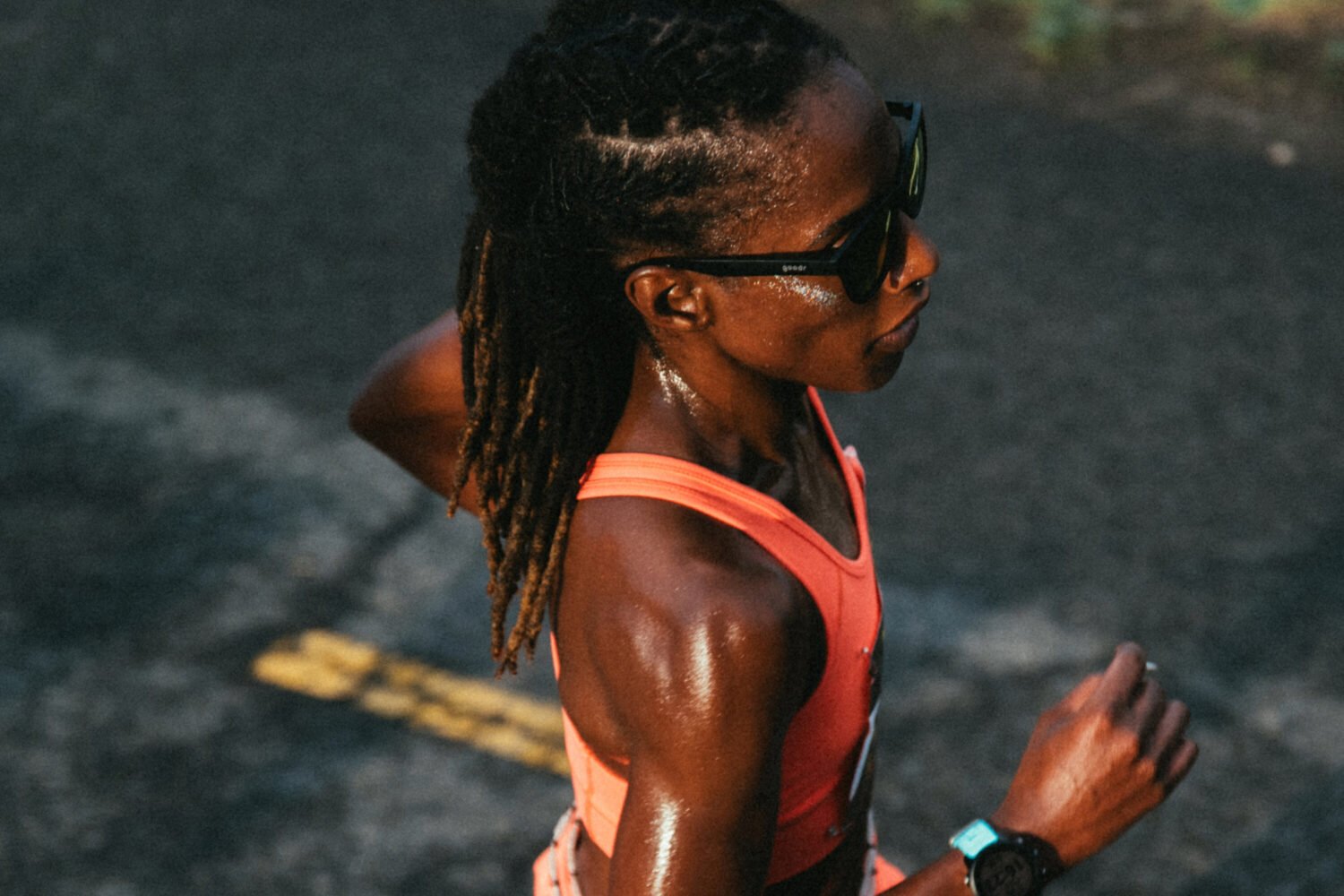Although gyms and workout studios are currently open under Phase Two guidelines in DC, you might feel uncomfortable working out indoors. But you also might be really, really sick of doing at-home YouTube workouts on your living room floor.
So, many people are turning to running outside for the first time, says Heather Jeff, events manager at the DC-area group Pacers Running (and also an avid runner). “Everywhere you go there’s so many people running—it’s safe, it’s accessible,” she says. “All you really need is a good pair of shoes and you can just go.”
During the pandemic, Jeff says the group has seen an unusually high number of beginners coming to them for virtual shoe fittings or for tips on starting to run. Some are longtime boutique fitness studio-goers who want to try jogging outdoors, she says, and others are folks who didn’t have time to exercise pre-Covid.
“[It’s] been fun to just see how each group, from the novice to someone who had a bit of a plan prior to this, are both approaching it very similarly—like ooh, what is this running?,” says Jeff. “And how can I make it work for me and make me feel better and feel accomplished and get that outlet?”
Jeff, who assists with virtual shoe fittings and gives advice to new runners, shares her tips for readers who want to get out on the road.
Start With Your Shoes
If you already own running shoes, Jeff recommends examining them. If you’ve had them for a long time or if the treads are worn, you should probably invest in a new pair, she says. She recommends going to a specialty running store to get fitted (or doing a virtual consultation, if possible).
“I know that’s kind of an aggressive first step because it is an investment, it’s going to be over $100, but if you get what you need, it will set you up for success,” says Jeff. “It’s a gift you should give yourself if you want to pursue running.”
Bring your previous pair to the fitting so the experts can see what you like, says Jeff. As each person’s feet are different, she says, there isn’t anything specific you should look for in a shoe—leave that up to the experts. But she does recommend saving your new running shoes only for exercise—no trips to the grocery store.
As for other gear, Jeff recommends investing in a good sports bra if you need one. Everything else can come later.
Ease Into It
“The key beyond footwear is load,” says Jeff. “Basically don’t go out from zero and expect to run 25 miles that week. Start where you are, see where you are, and then add to your mileage gradually.”
As far as how you begin to run, that depends on your personality type, says Jeff. Pick what works best for you: Some folks may want to pick an object in the distance—say, a stop sign—and decide they’ll jog there then walk until they hit another stop sign. Some may want specific intervals of running, like three minutes then walking for two. Others may prefer to just head out and jog until they want to stop.
Jeff recommends increasing your mileage by 10 percent a week as you build up your endurance. And you don’t have to necessarily even run the first couple of weeks—you could alternate between quicker and slower walking paces if that’s best. Whatever works for you, as long as you’re not hurting yourself, she says. “Don’t run through pain, don’t run through misery… Sometimes it’s going to be uncomfortable, but it shouldn’t hurt.”
Make Sure You Take Time to Recover
Stretching is key, says Jeff, especially if you’re new to exercise in general. She recommends using a foam roller and finding some stretching tutorials on YouTube. And it’s a good idea to add in other exercises that could help you become a better runner, she says, like strength training or yoga. “[Find] something else to help your core, your hips, your glutes, and stability because that’s really what helps you run well,” says Jeff. “It’s not just your legs and your feet.”
And, of course, the key tenets of good health—like hydration, sleep, and eating whole foods—are all crucial aspects to becoming a better runner, she says. That means taking rest days, too. “If you’re running too far, you’re running too hard, you’re running too fast too much, it’s a direct road to injury,” says Jeff. “It’s kind of building on those successes and also knowing when to take a break.”
Find Ways to Stay Motivated
It can be hard to pick up a new activity like running during a pandemic—many of the big motivators, like finishing a big in-person race or joining a jogging group, may not be feasible right now.
To create a sense of virtual solidarity, Jeff recommends downloading an app like Strava, which allows you to share your runs with other runners or try new routes others have discovered.
Other recommendations: sign up for a virtual race, celebrate accomplishments by treating yourself to a new workout top or running shorts, or try running to a spot in the city you’ve never been before. “Finding a way to make the work you’re doing meaningful to you will make you hooked in a little bit more,” says Jeff.
Be Easy on Yourself
Running can be challenging, especially in the summer. As you learn the ropes, says Jeff, don’t forget to be patient and kind to yourself and to listen to your body. “It’s a process. There’s going to be days it feels terrible. And there are going to be moments when you’re like, oh, I get it. I get why this is fun.”
The most important part is that you keep at it—if you have a bad day, that’s alright. Just go for another run tomorrow. “It’s just a matter of repetition, of going and building on the success and not getting discouraged,” says Jeff, “because it is hard, but it gets fun pretty quick, too.”




















